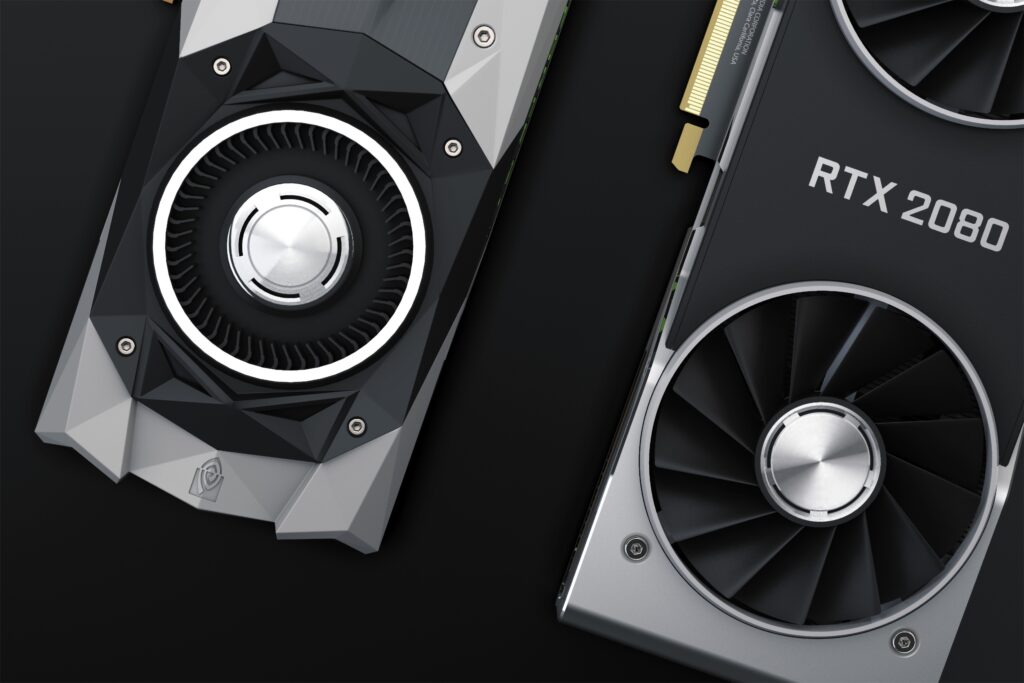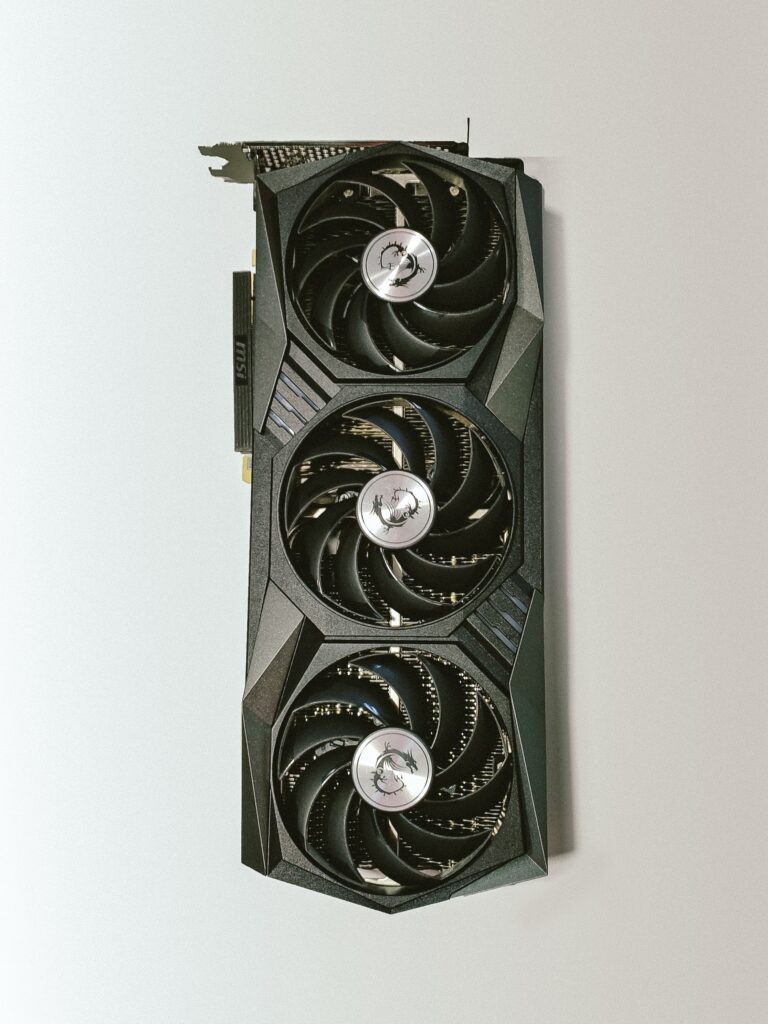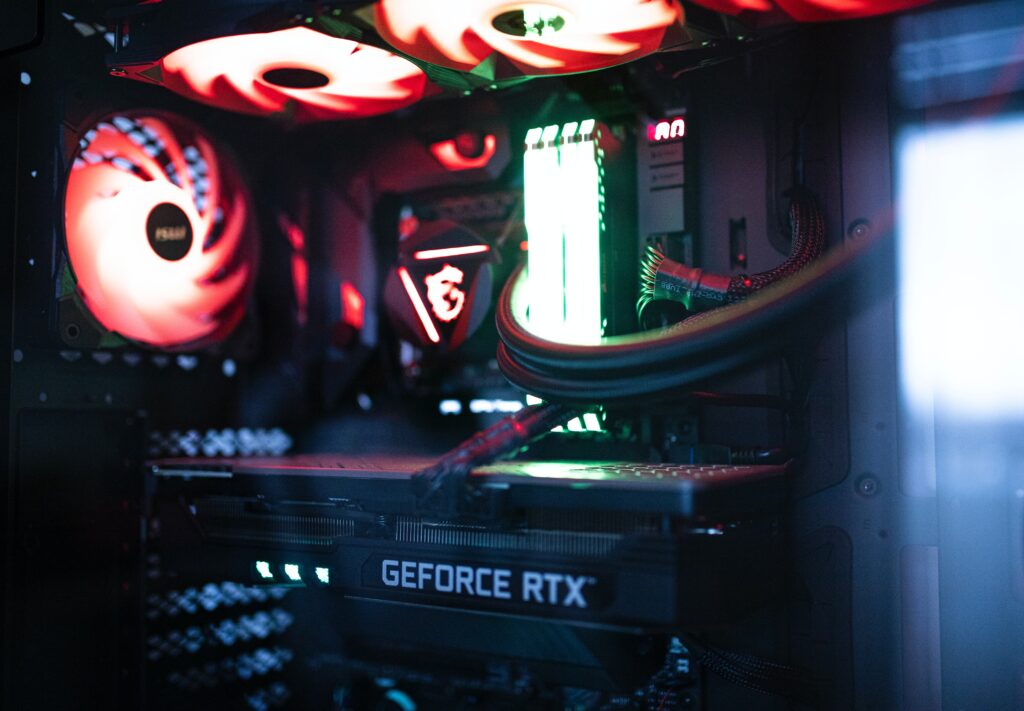

Common graphics settings in video games play a vital role in tailoring your gaming experience to your hardware capabilities and visual preferences. These settings can significantly impact a game’s performance and visual quality. Here are some of the common graphics settings you’ll encounter in most PC games:
- Resolution:
- Resolution settings allow you to choose the pixel count at which the game is rendered. Higher resolutions result in crisper images but demand more processing power from your GPU.
- Visual Clarity: Resolution directly impacts the clarity and sharpness of the in-game visuals. The higher the resolution, the more pixels are used to render the game, resulting in a clearer and more detailed image. Lower resolutions, on the other hand, can make the image appear pixelated or blocky.
- Performance Implications: Resolution has a significant impact on the game’s performance. Rendering a game at a higher resolution demands more computational power from your GPU (Graphics Processing Unit) and can result in lower frame rates if your hardware can’t handle it. Conversely, lower resolutions require less computational power and can boost performance.
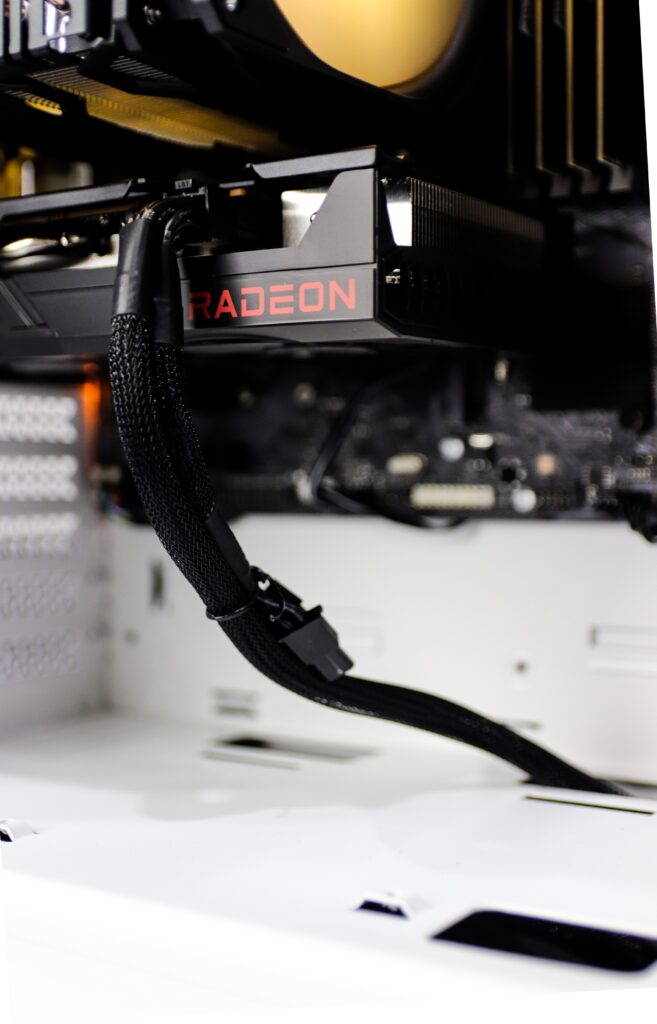

- Aspect Ratio: In addition to the resolution, it’s essential to consider the aspect ratio, which defines the proportional relationship between the width and height of the display. Common aspect ratios include 16:9 (widescreen) and 4:3 (standard). Some games offer ultra-wide resolutions like 21:9 for a wider field of view.
- Monitor Compatibility: When selecting a resolution, ensure it matches or is compatible with your monitor’s native resolution. Running a game at a resolution different from your monitor’s native resolution may result in a stretched or letter-boxed image.
- Scaling: Most modern games support dynamic resolution scaling. This feature automatically adjusts the game’s resolution in real-time to maintain a target frame rate. It can be particularly helpful in ensuring smooth game-play during demanding scenes while maintaining visual fidelity during less intensive moments. 100% usually means native resolution or active resolution.
- Screen Real Estate: The resolution you choose can affect how much content fits on your screen. Higher resolutions provide more screen real estate, allowing you to see more of the game world or fit more content on your desktop.
- Personal Preference: The ideal resolution ultimately depends on personal preference and your hardware capabilities. Gamers with high-end GPUs may prefer to play at 4K (3840×2160) for ultra-sharp visuals, while others with more modest hardware might opt for 1080p (1920×1080) to maintain higher frame rates. An old trick is to set your resolution to 720p and windowed mode, windowed exclusive preferably, then maximize the window, generally this provides a 30% speed boost over 1080p Fullscreen.
- Graphics Quality or Presets:
- Games often offer pre-defined graphics quality presets, such as “Low,” “Medium,” “High,” and “Ultra.” These presets adjust multiple graphics settings at once to optimize performance or visual fidelity. starting on Medium first and gauge the performance.
- Texture Quality:
- Higher settings provide sharper and more detailed textures but require more video memory (VRAM). Texture Quality, in video games, refers to the level of detail and resolution of in-game textures applied to objects and surfaces. Higher texture quality settings provide sharper, more detailed textures, enhancing the visual fidelity of the game. Gamers with more powerful graphics hardware can enjoy crisper textures, while those with lower-end GPUs may need to reduce texture quality to maintain smooth performance. Texture quality greatly influences the overall realism and visual appeal of a game by ensuring that textures appear clear and detailed, from character models to environmental elements.
- Anti-Aliasing (AA):
- AA settings reduce jagged edges in the game’s visuals, making them appear smoother. Options include FXAA, MSAA, and TAA. Higher AA settings enhance visual quality but may impact performance. We recommend turning this off if you are running your screens native resolution.
- Sub-Pixel Morphological Anti-Aliasing (SMAA): SMAA is an AA method that aims to reduce jagged edges while being less demanding on hardware compared to techniques like MSAA.
- Multi-Sample Anti-Aliasing (MSAA) is a graphics technique used in video games to reduce aliasing or “jagged” edges on objects and surfaces. MSAA is specifically designed to address the issue of jagged lines and edges caused by the discrete nature of digital images. Here’s a more detailed explanation of MSAA


- Shadow Quality:
- This setting controls the detail and sharpness of shadows cast by objects and characters in the game. Higher settings provide more realistic shadows but can be demanding on your GPU.
- Reflection Quality:
- Reflection settings determine the realism and quality of reflective surfaces in the game. Higher settings offer more accurate reflections but may impact performance.
- Anisotropic Filtering (AF):
- AF settings improve the clarity of textures at oblique angles. Higher AF settings reduce texture blurring, especially at a distance. Anisotropic Filtering is a crucial graphics setting for enhancing the visual quality of games, especially in scenarios where textures are viewed at oblique angles. Enabling AF results in crisper and more realistic textures, contributing to a more immersive gaming experience. For gamers with capable GPUs, enabling AF is a recommended practice to make the most of modern gaming visuals.
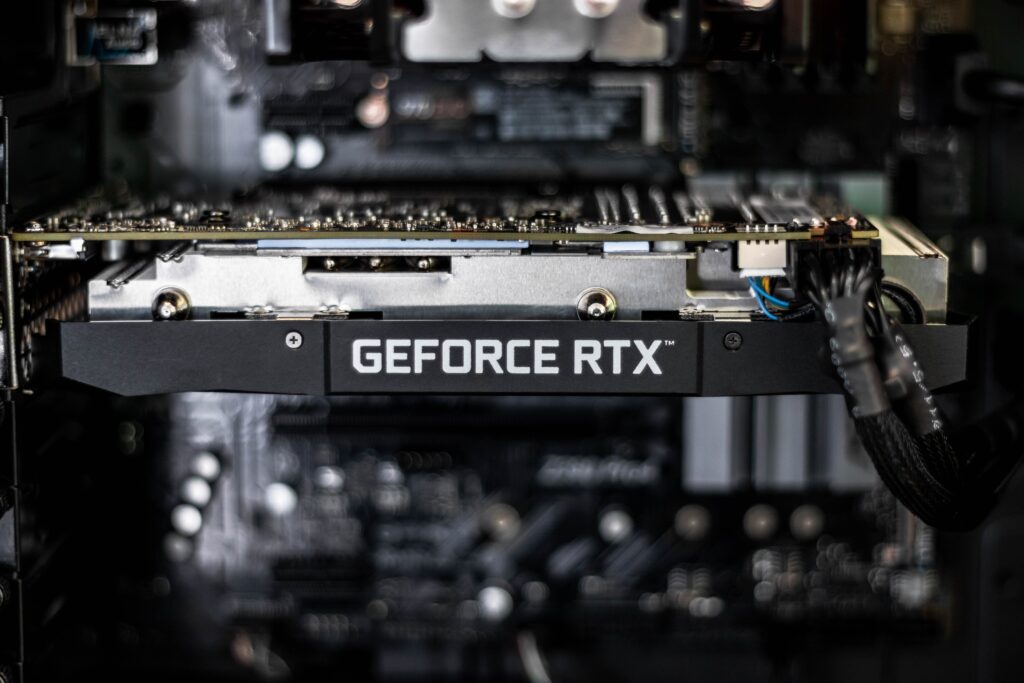

- Post-Processing Effects:
- These settings control visual effects like motion blur, depth of field, ambient occlusion, and bloom. Adjusting these settings can enhance or alter the game’s appearance. Settings vary per game. Some are much more detailed, some just add bloom and specular highlights.
- Field of View (FOV):
- FOV settings let you change the angle at which the game world is presented. Wider FOV settings provide a broader view but may affect performance. Higher FOV is desired for being situational away, players that run and gun should use this. Smaller FOV should be tried by snipers and builders.
- V-Sync (Vertical Sync):
- Often adjusted to On. V-Sync is a graphics setting aimed at eliminating screen tearing by synchronizing the frame rate of the game with the monitor’s refresh rate. While it improves visual quality and consistency, it may impact gaming performance and introduce a small amount of input lag. Gamers often choose between enabling or disabling V-Sync based on their hardware and the type of gaming experience they seek.
- Frame Rate Cap:
- Some games allow you to cap the frame rate, ensuring a consistent and smoother gaming experience. This is particularly useful for gamers with variable refresh rate monitors and those whom suffer from motion sickness. Set your cap to 25 or 30 FPS if you feel sick and try with higher/lower pov
- Dynamic Resolution Scaling:
- Dynamic Resolution Scaling is a valuable tool for maintaining a stable frame rate in video games while optimizing visual quality. It’s particularly helpful in graphically demanding titles or for gamers with mid-range or lower-end hardware. By adapting the resolution in real-time, DRS ensures that the gaming experience remains enjoyable even during intense game-play moments.
- View Distance:
- Adjusting this setting controls the distance at which objects and landscapes are rendered. Lowering this setting can improve performance. More distance more items to render more to process.
